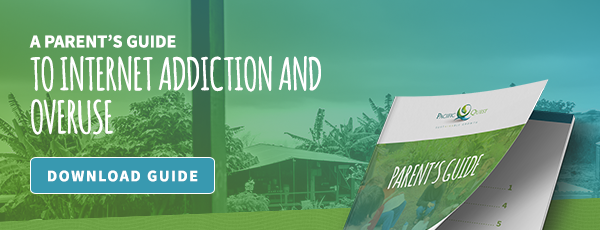With the start of a new school year, talk of cyberbullying is sure to skyrocket. And it’s for good reason—70 percent of students report seeing frequent bullying online, according to DoSomething.org. Teens no longer butt heads passing in the hallways. Instead they take their drama digital, and often attack through text messages, malicious websites, emails, and via social media. Although cyberbullying is more prevalent among teens, remember that people of all ages can be affected. From young children to middle age adults, cyberbullying is a hurtful, serious issue that we should know how to deal with at every age.
Child Cyberbullying
Unfortunately cyberbullying can take place as soon as children begin using technology and feel comfortable enough that they’re parents aren’t watching. Fifty-two percent of young people report being cyberbullied and have simply begun to accept it as an everyday part of life. Discuss appropriate online behavior with your child as soon as they begin using computers and cell phones, and set up an action plan they can follow if they witness cyberbullying or become the target of an attack.
Teen Cyberbullying
The alarming fact is that adolescents are not as emotionally able to withstand the bullying and humiliation. This harassment can lead to thoughts of hopelessness, loneliness and decreased self-worth and even contribute to depression, suicidal thoughts and behavior. According to studies conducted by the Cyberbullying Research Center, cyberbullying victims are nearly twice as likely to attempt suicide than those who have not experienced this form of attack. Because cyberbullying occurs online, it can follow teens from school into the home and affect their every waking hour.
Teach your teen to prevent cyberbullying with these tips:
- Think before you type: The first initiative in ending cyberbullying is to stop your own teen from participating. Stress to your teen that they must step back and take a breath before reacting and posting online. Once things go on the Internet they can be nearly impossible to take down.
- Sign up for the positivity page: Help your teen create an online space where they can spread positivity and promote the thoughtful acts they witness at school.
- Always talk to a parent or teacher: It is important to ignore the cyberbully while documenting the attacks. Let your teen know the lines of communication are always open and encourage them to always report the behavior.
- Never participate in the gossip: Your teen may not feel they are a cyberbully if they are simply passing along the gossip. Let your teen know that participating in this type of behavior at any level is wrong and will not be tolerated.
Adult Cyberbullying
Because cyberbullying is often a result of an imbalance of power, it can affect people of all ages. “It can take on a sadistic quality, in which the bully, not satisfied with merely humiliating his victim, seeks to torment his quarry to the point of self-destruction,” notes an article on NoBullying.com. This torment on adults often takes the form of “trolling” or a contest where the bully feels the need to bait their victim in order regain the power they feel they have lost. Once “hooked,” the troll will then use aggression and repeated negative actions to wear their victim down.
Preventing cyberbullying is a group effort. If your child is experiencing cyberbullying, take the issue seriously, no matter their age. Adolescents may not always be vocal about being bullied, so keep an eye out for warning signs. Pacific Quest’s Wilderness Therapy Program can serve as a source of help for your struggling adolescent or young adult. Our goal is to transform students into confident, empowered and well-balanced individuals who can create lasting change.
